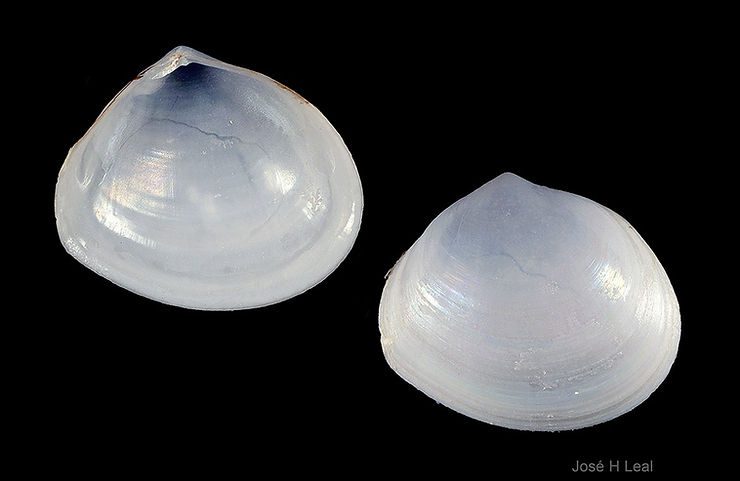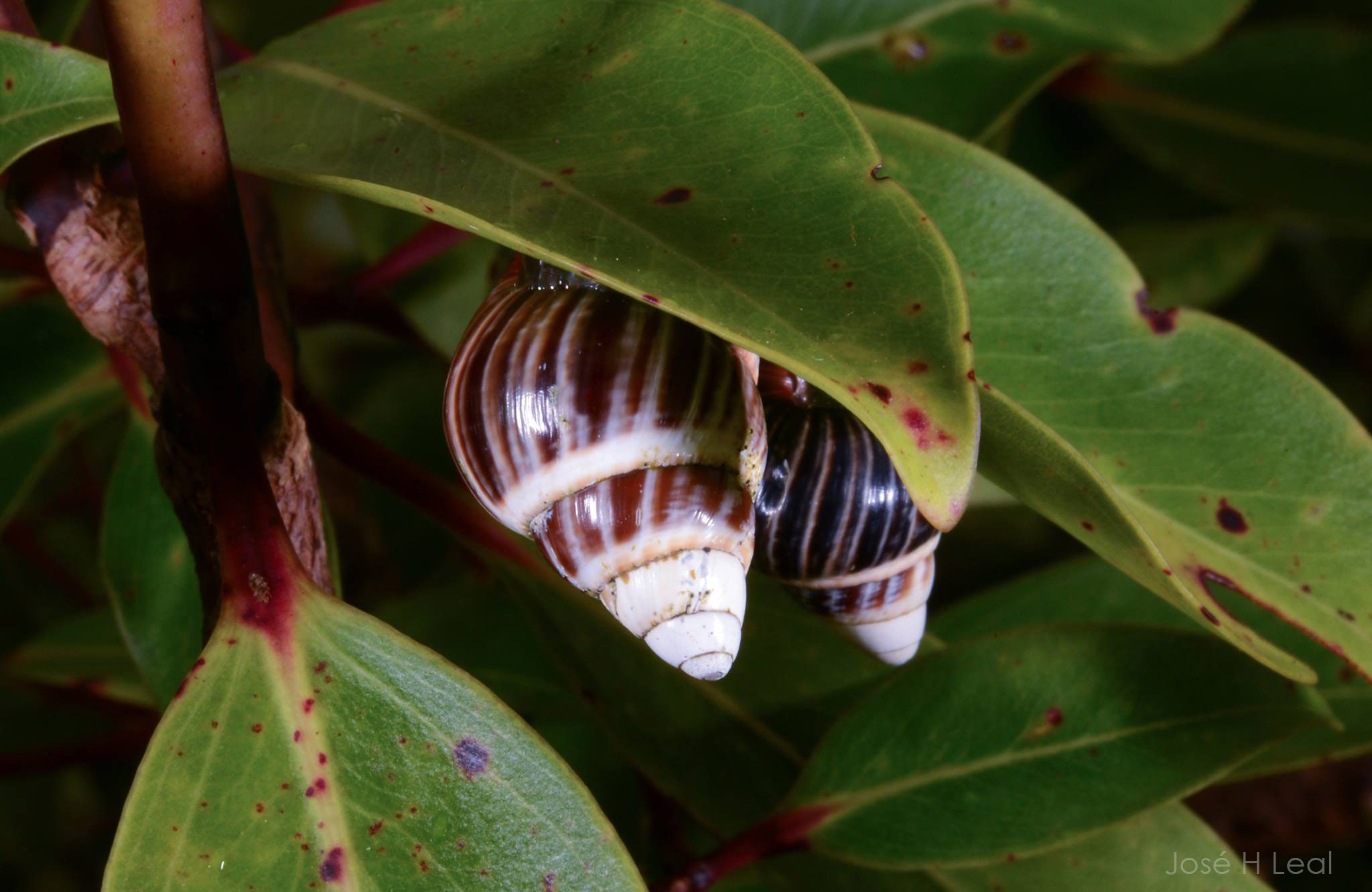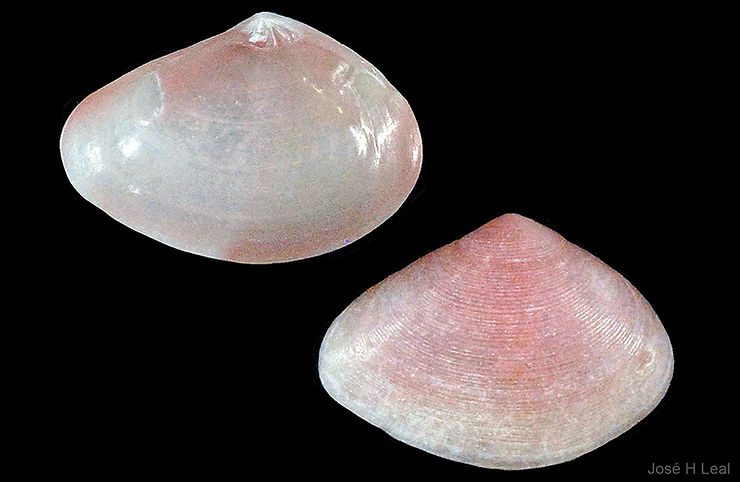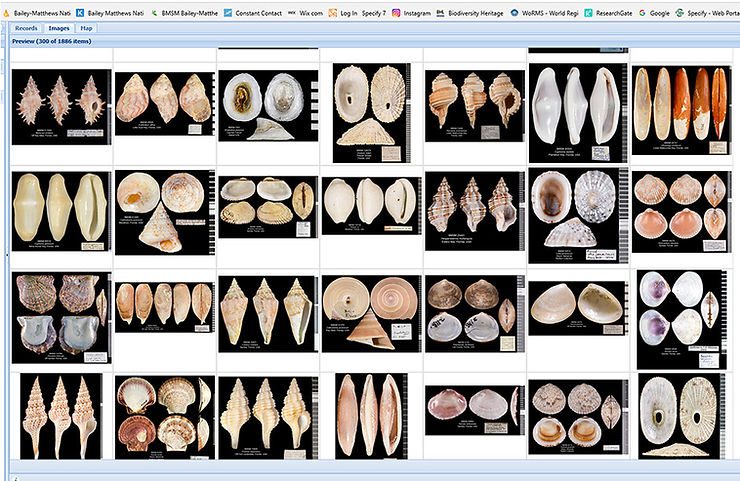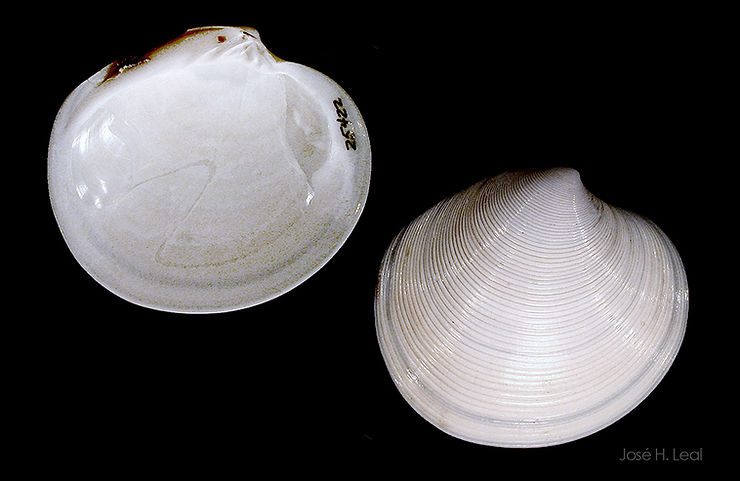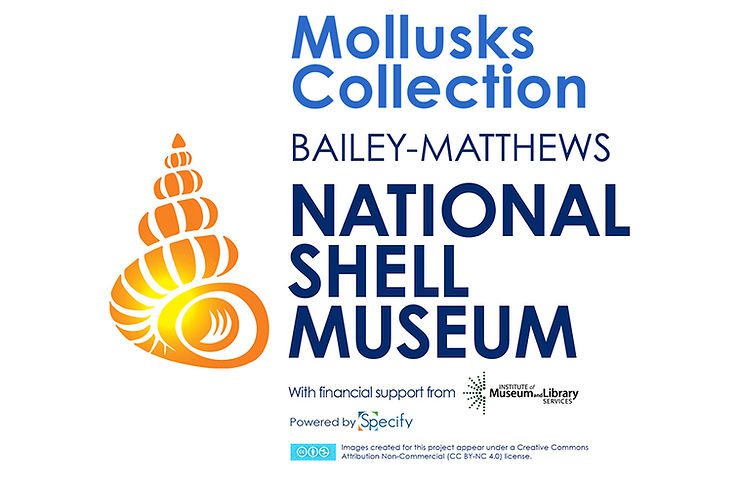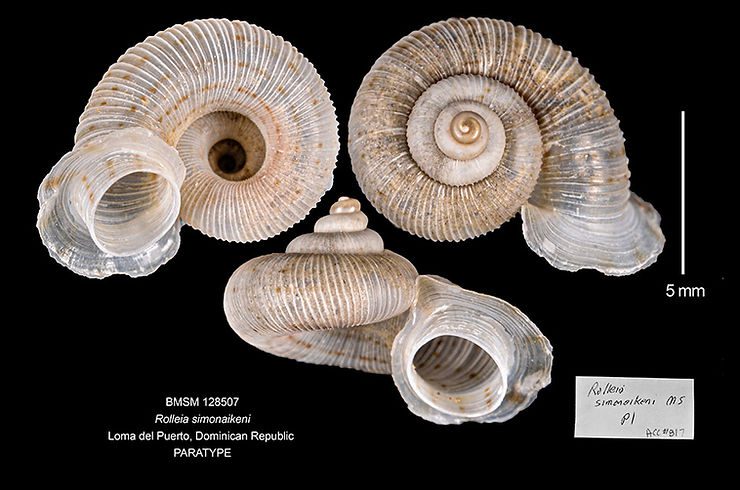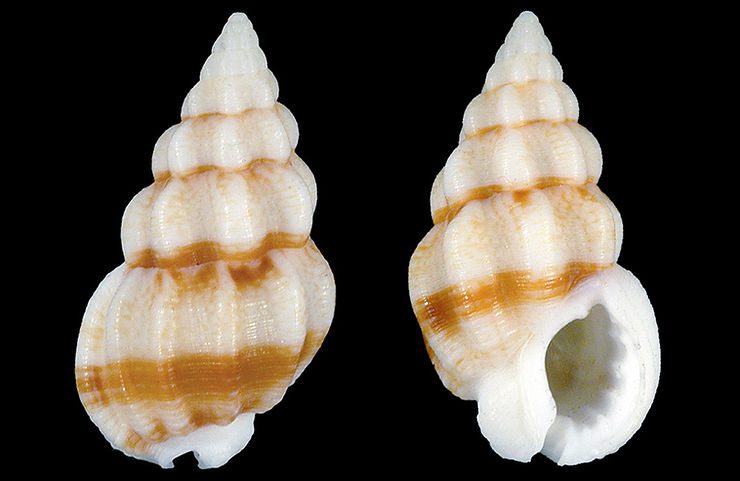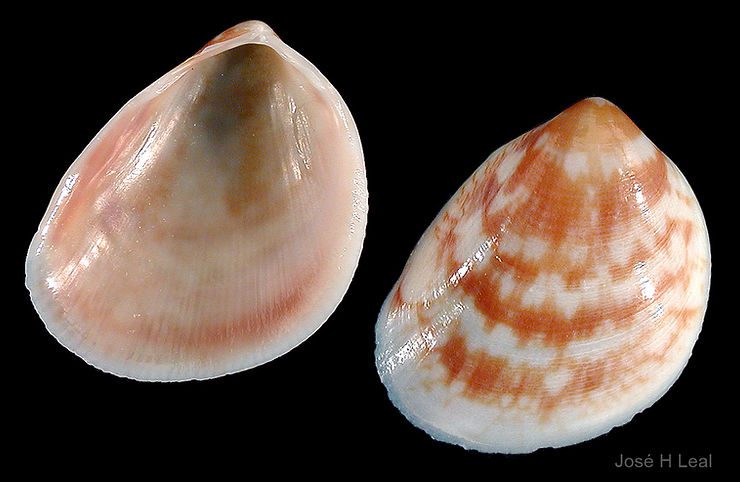
Shell of the Week: The Painted Egg Cockle
Laevicardium pictum (Ravenel, 1861) is one out of three species of smooth-shelled cockles found in our local beaches. The species name (pictum, painted) alludes to the typical, very variable pattern of streaks and zigzag markings present on the shell. The Painted Egg Cockle is not as commonly found as other cockle species, probably because it lives in deeper water. The species is found most abundantly after episodes of costal re-nourishment, when sand, mollusks, and other animals from offshore a

